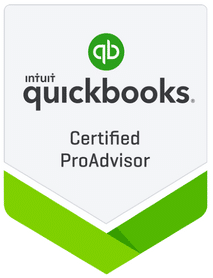- Patrick Roney
- (877) 503-8607
Follow Us :
Follow Us :
Proledge
April 16, 2010

Every small business has bills to pay, but the process to go about it can vary greatly from one company to another. Small businesses typically follow one of 5 approaches:
Each option has it pros and cons, and some businesses end up using a hybrid of these five techniques. The factors to consider are the following:
There are a few rules of thumb to use:
All this, of course, begs the question of how can an outsourced bookkeeping service like ProLedge can support its clients with Accounts Payable. Please check this separate bog for some answers to this question.


Fill out the form below to sign up to our Blog Newsletter and we’ll drop you a line when new articles come up.
Bookkeepers.
Professional. Affordable.
ProLedge is a bookkeeping services firm.
Copyright © 2024 All rights reserved.